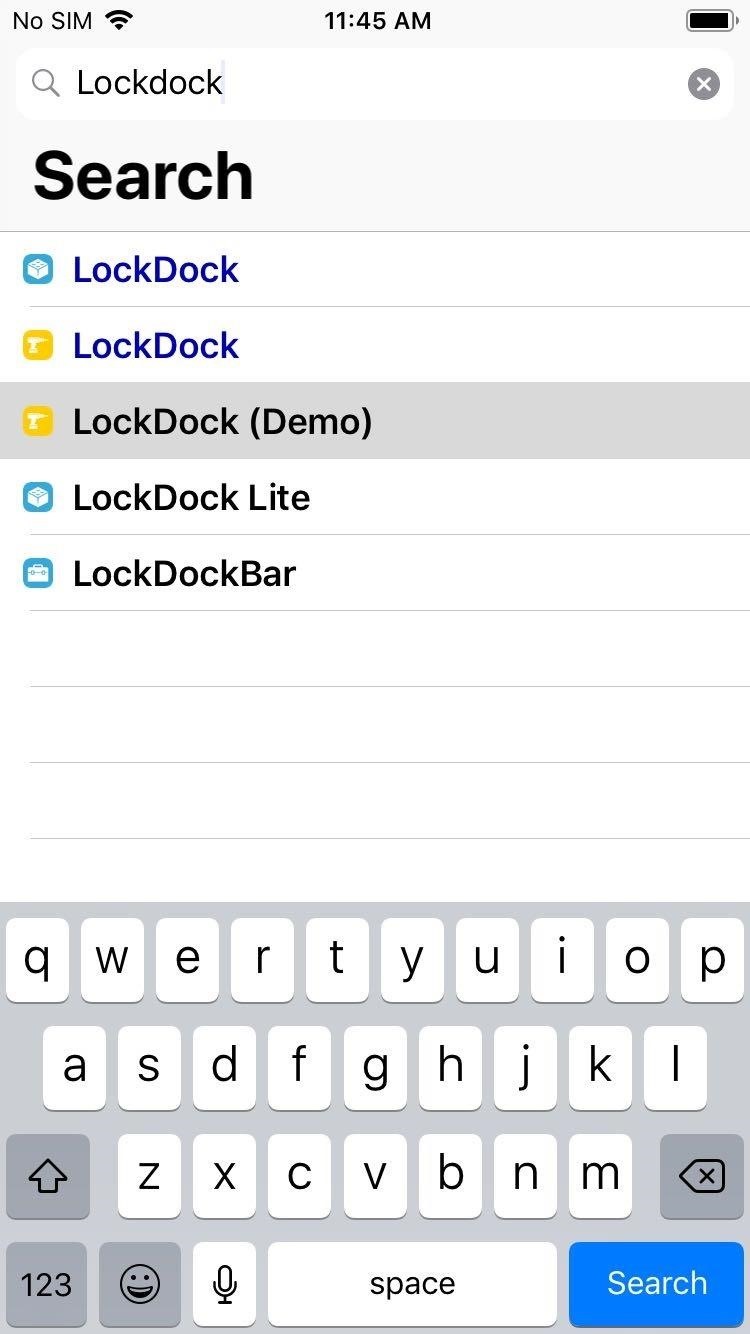Sun outlines J2EE strategy
J2EE gets glowing one-year report card; version 1.3 on the way
San Francisco (January 16, 2001) — Sun Microsystems today outlined its J2EE strategy for the coming year, gave a glimpse of its Web services strategy, and detailed a new release of the J2EE platform.
Since its inception about one year ago, J2EE’s underlying goal has been to bring Java’s “write once, run anywhere” promise to the server.
“The goal of being able to provide an application that can run anywhere means that customers are no longer locked in to a vendor, in terms of the operating system and middleware,” said Rich Green, vice president of Java software development at Palo Alto, Calif.-based Sun.
Another big push this year will be to provide as much reusable componentry as possible, Green added.
To further reusability, Sun is partnering with component providers, such as Flashline and Component Source.
Sun’s Green claimed that J2EE has between 76 percent and 90 percent of the application server market.
Analysts, without confirming or denying those market share numbers, said that J2EE is gaining momentum.
“Customers are much more interested in J2EE now than they were six to nine months ago,” said Mike Gilpin, an analyst at Cambridge, Mass.-based Giga Information Group.
Sun plans to evolve the J2EE platform to continue the momentum.
“The whole model going forward will be to add integrated services,” Green said. He added that J2EE is a big part of Sun’s Web services strategy.
Analysts said that Sun’s recent discussions around Web services are a reaction to vendors such as Microsoft, IBM, Hewlett-Packard, and Oracle publicly hashing out their individual Web services strategies throughout the last year.
“Sun is trying to do this [Web services] another way than IBM and Microsoft,” said Will Zachmann, a vice president at Stamford, Conn.-based analyst firm Meta Group Inc. “But they are not as far along, nor do they have as clear a strategy as Microsoft.”
Sun is expected to go public with its own Web services strategy February 5.
In the meantime, Sun officials tried to set J2EE apart from other Web services offerings.
“There is a big differentiation between J2EE and [Microsoft’s] .NET,” said Mark Harper, Sun’s lead architect for J2EE.
Although Sun has not heavily marketed J2EE or any of the products that are J2EE-compliant as a Web services effort in the past, company officials touted the fact that nine application server vendors currently have J2EE products shipping as a major differentiator. The vendors include BEA Systems, Sybase, Iona Technologies, Bluestone Software, Silverstream Software, Art Technology Group, Borland, and iPlanet.
Hitachi Computer Systems also has a certified application server, but was unable to attend today’s demonstration.
In total, Sun reports, there are about 25 J2EE licensees.
The eight vendors at the event demonstrated a sample Java application, Java Petstore, without modifying it to prove that one application can run across application servers from various vendors.
Finally, Sun discussed the forthcoming next iteration of J2EE, version 1.3, which has been under public review in the Java Community Process and is slated to ship sometime in the third quarter of this year.
J2EE 1.3 will include features for simplified connectivity, faster time to market, interoperability, and freedom of choice to integrate best-of-breed solutions. The pending version will also feature new XML, wireless, disconnected functionality, EJB 2.0, and JMS messaging.




